The Independent's journalism is supported by our readers. When you purchase through links on our site, we may earn commission.
The vanishing hikers and the mystery of the mountains
As people go missing on an Australian hiking trail, local rumours of the reclusive ‘Button Man’ have emerged. Yan Zhuang explores the secrets of the mountains
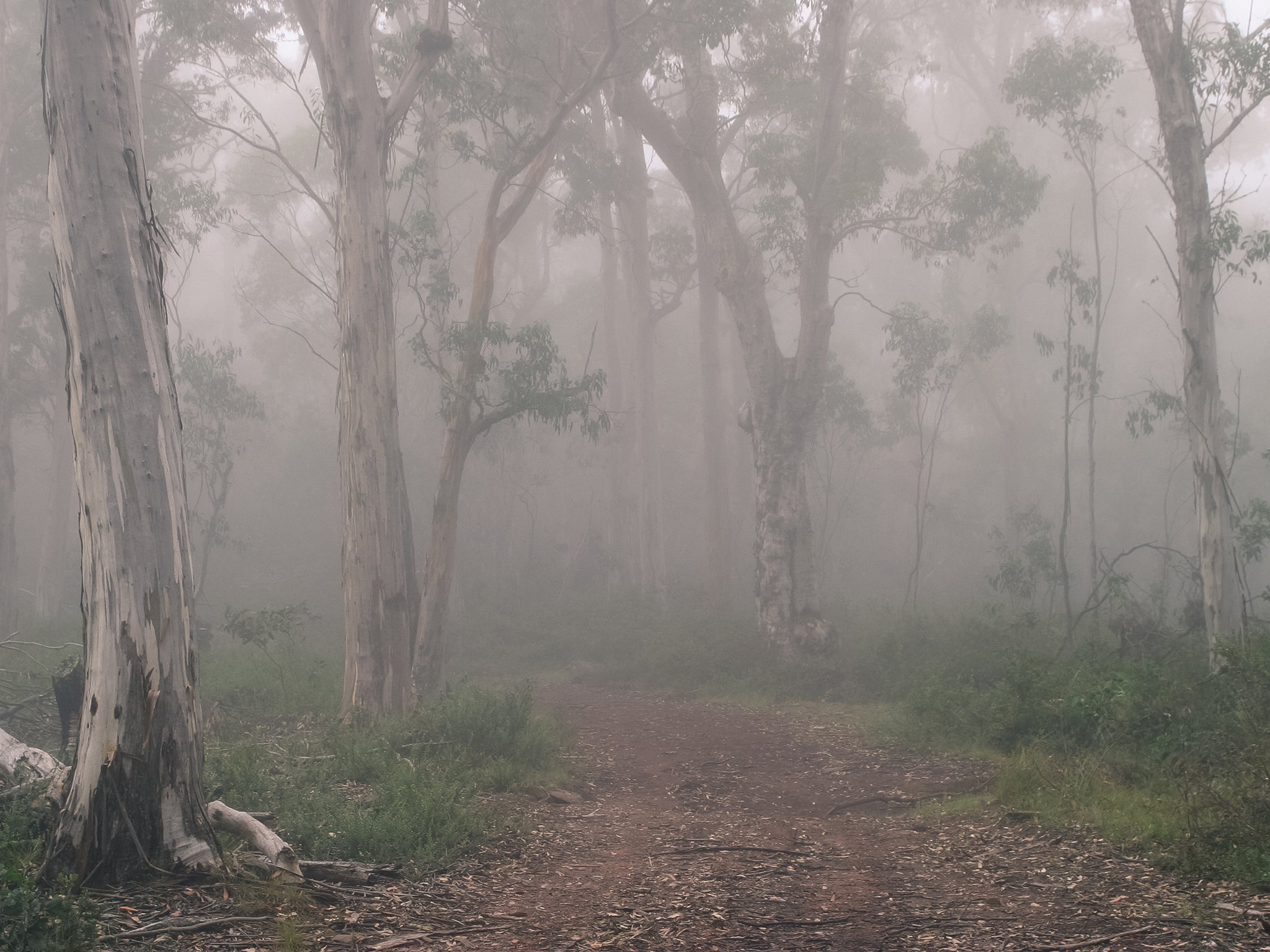
A blanket of fog hanging before him, Lachlan Culican saddled up his horse one autumn morning and set off into the remote high country of southern Australia to find two campers gone missing.
Arriving at the grassy plain where they had pitched their tent, Culican was taken aback by what he saw. The campsite was burned to the ground, with the campers’ charred belongings heaped in a pile. Deer carcasses were strewn about the valley. The campers were nowhere to be found.
“There was nothing natural about it,” said Culican, a 26-year-old cattle herder.
More than a year later, the disappearance of the campers, Russell Hill and Carol Clay, both in their seventies, remains unsolved. Speculation has swirled. Was it a fatal run-in with illegal deer hunters? A ruse so the campers, who were not married to each other, could run away together?
Around campfires, tall tales have blossomed in the absence of answers. Often, they revolve around a local recluse, known as the Button Man, who dwells in woods near the campsite and spends his time carving buttons out of antlers.
There is no evidence that the Button Man had anything to do with the disappearances or ever saw Hill and Clay at their campsite. Nonetheless, his mere presence in this forbidding terrain has captured the national imagination – the embodiment, in a vast country, of the strange allure and abiding fear of places so distant, they can swallow people up without a sound.
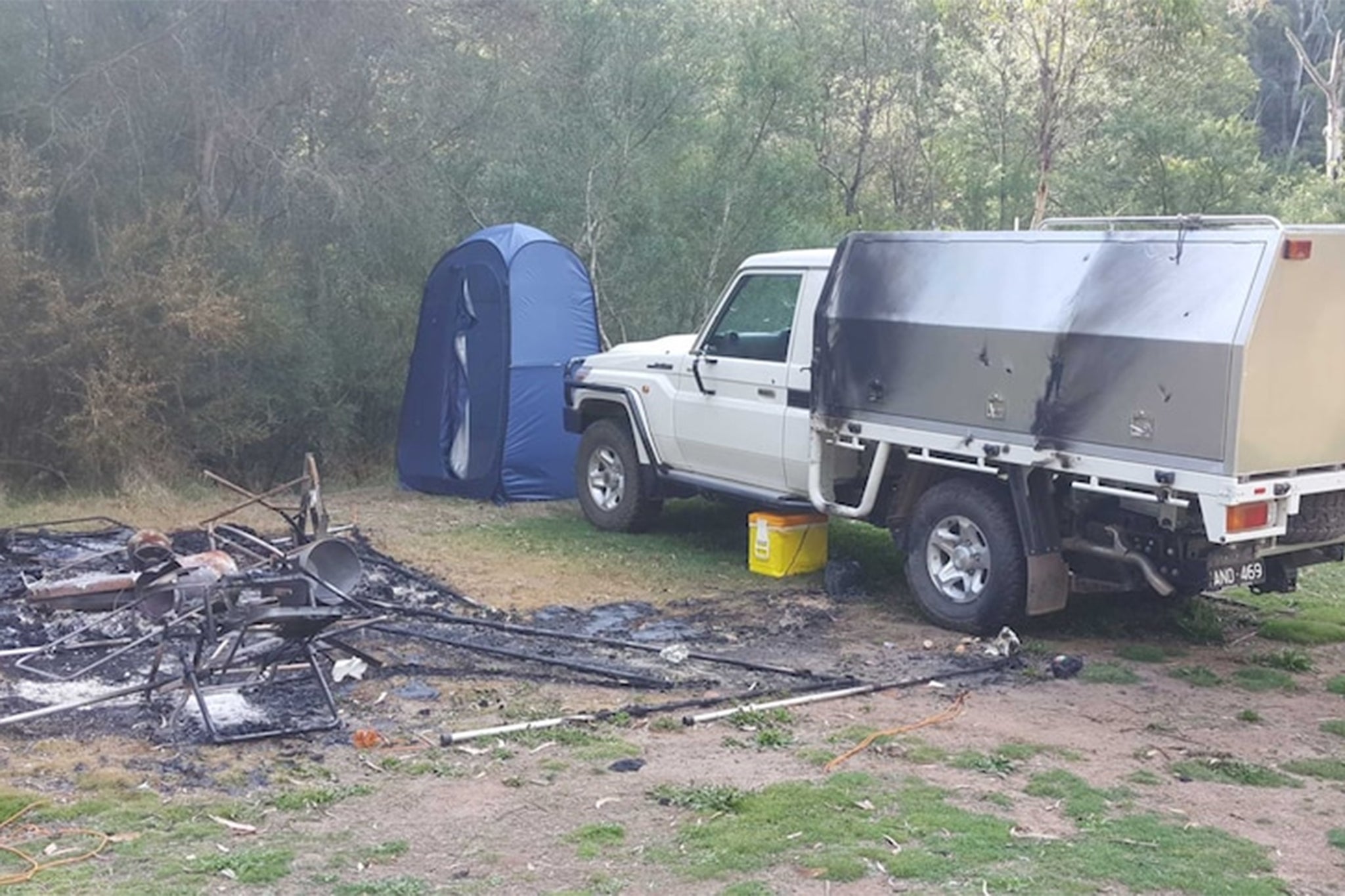
The rumours and stories, both about the Button Man and the missing campers, reflect an innate desire to find explanations for the inexplicable. But for a century and beyond, these mountains, more than most places, have held their secrets tightly.
A String of Misfortune
The cattlemen who once roamed the rugged country stretching hundreds of miles northeast of Melbourne say it is an easy place to disappear if you are not careful, or if you want to.
An escapee from a psychiatric ward who had homicidal tendencies was spotted around the area where Meyer had vanished
Dingoes prowl the land, howling in the black of night. Clear skies can turn to snow in a blink, even in summer. Most of the landscape is accessible only by horse or four-wheel drive in the warmer months and not at all in the winter.
“It’s remote and beautiful and unpredictable,” says Graeme Stoney, 81, a local cattleman. “It creates its own legends and its own mysteries.”
Within this wilderness, a string of hikers and campers have met a fate similar to Hill’s and Clay’s in recent years.
In 2008, Warren Meyer, 57, an experienced hiker, set out on a relatively easy six-mile walk in a national park on a warm fall day and was never seen again.
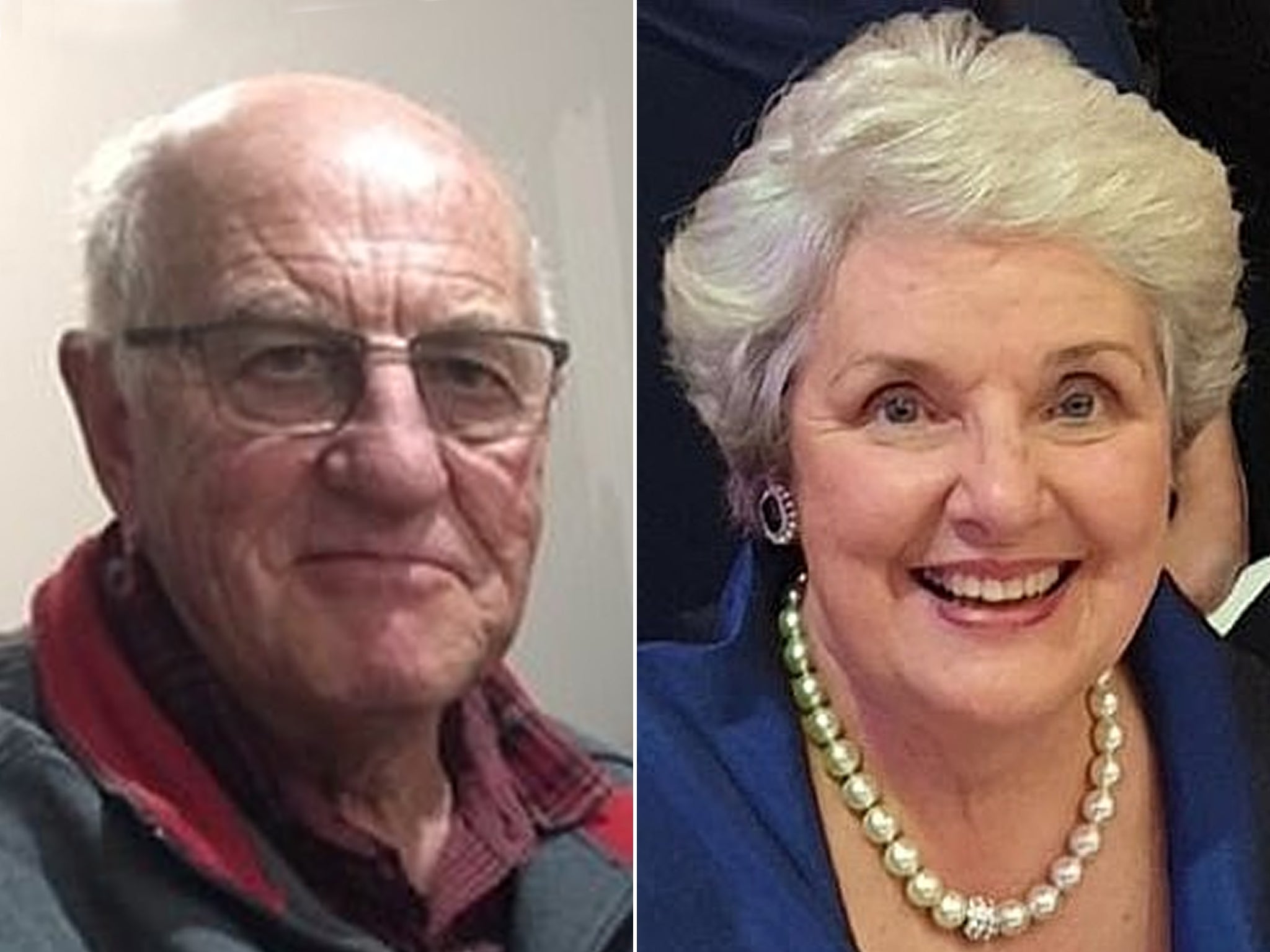
Potential clues accumulated. An escapee from a psychiatric ward who had homicidal tendencies was spotted around the area where Meyer had vanished. Some people in the area reported hearing gunfire within the same period. During a search, a marijuana plantation was uncovered. But Meyer’s disappearance has never been solved.
Three years later, the head of a Melbourne prison, David Prideaux, 50, went missing while hunting deer in the mountains. Some speculated that his disappearance might be related to a prison killing of a gangland leader under his watch. For years afterwards, supposed sightings of Prideaux were reported around the country.
In July 2019, Conrad Whitlock, 72, inexplicably left his house at 3AM one morning and drove to the high country. When the police later found his car abandoned on the side of the road, his jacket, phone and wallet were all present. But he was not.
Three months later, Niels Becker, an avid bush walker, vanished in the middle of a five-day hike. He had trained for months for the outing, which was timed for his 39th birthday.
And then, in March 2020, Hill and Clay set out for what they had told their families would be a week-long camping trip – although they had not mentioned that they would be going together.
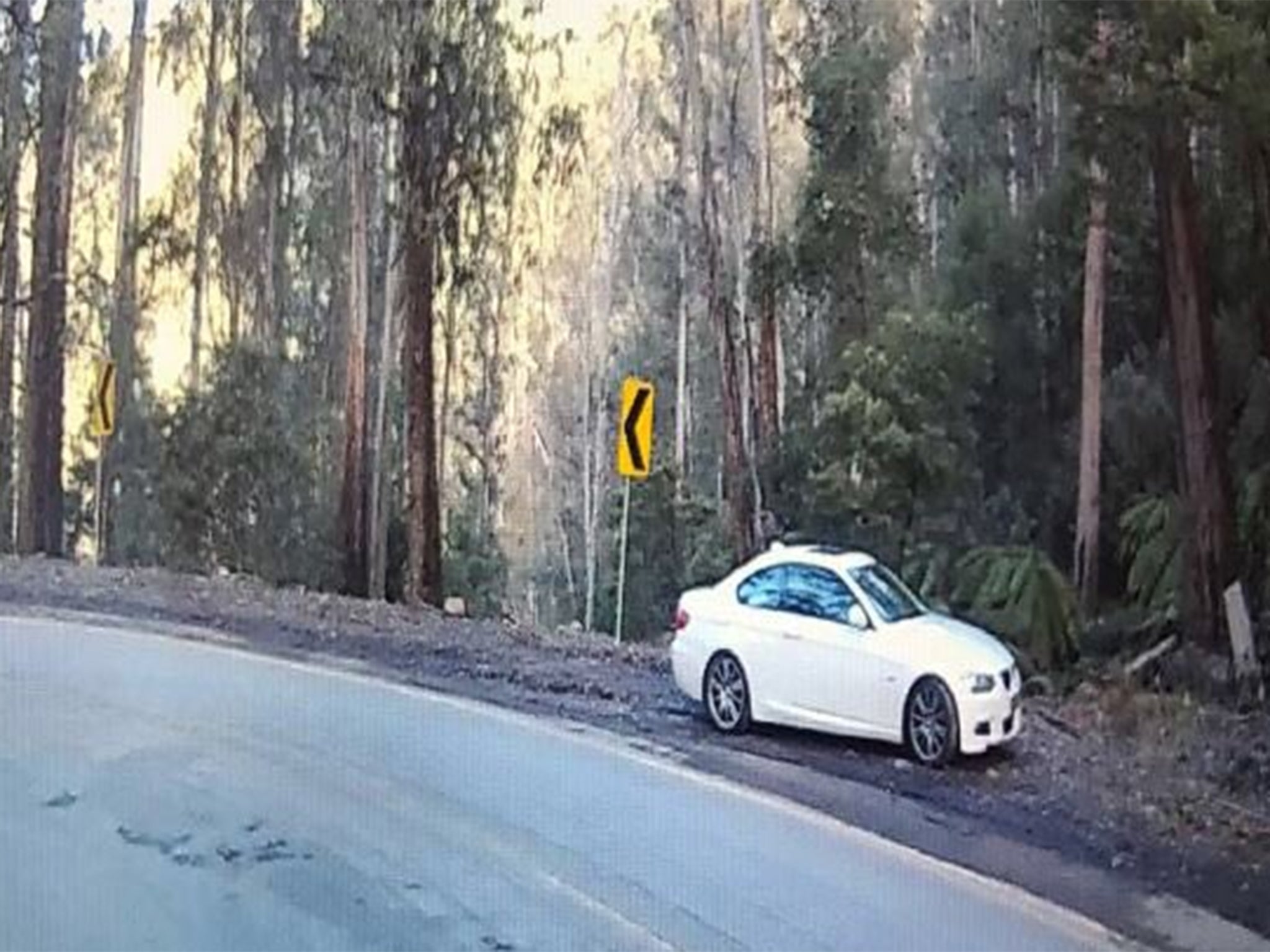
Once they arrived at their campsite, in a wide valley nestled between snow-capped mountains, Hill, an amateur radio enthusiast, dialled in to let fellow hobbyists know where he was.
That was the last time anyone heard from either of them.
“The bush is very unforgiving,” Greg Paul, a senior police officer, said at a news conference last year after Hill and Clay disappeared.
The police do not believe that any of the cases are linked. But that has not stopped people from wondering.
“It’s an extraordinary coincidence that this many people have gone missing,” Stoney, the cattleman, says, “but you would hope they’ve all just misstepped and nothing else is involved.”
The original case
One mystery in this land of secrets has outlasted all the rest and still haunts local residents, many of whom are descendants of the chief protagonists.
It involves a double murder that took place 103 years ago.
That sweltering summer, the body of Jim Barclay, 48, was found in a shallow grave not far from the cattle station he managed. Suspicion immediately fell on the only other person who lived there, John Bamford, who cooked for Barclay. But Bamford could not be questioned by authorities, because he had vanished, only to turn up dead nine months later, a bullet lodged in his skull.
No one has ever been charged with the murders. The most common theory is that Barclay was killed by Bamford, who was, in turn, shot by a friend of Barclay’s in revenge. But people also speculate about an affair that Barclay was rumoured to be having. Others say the two men could have had an altercation with cattle thieves.
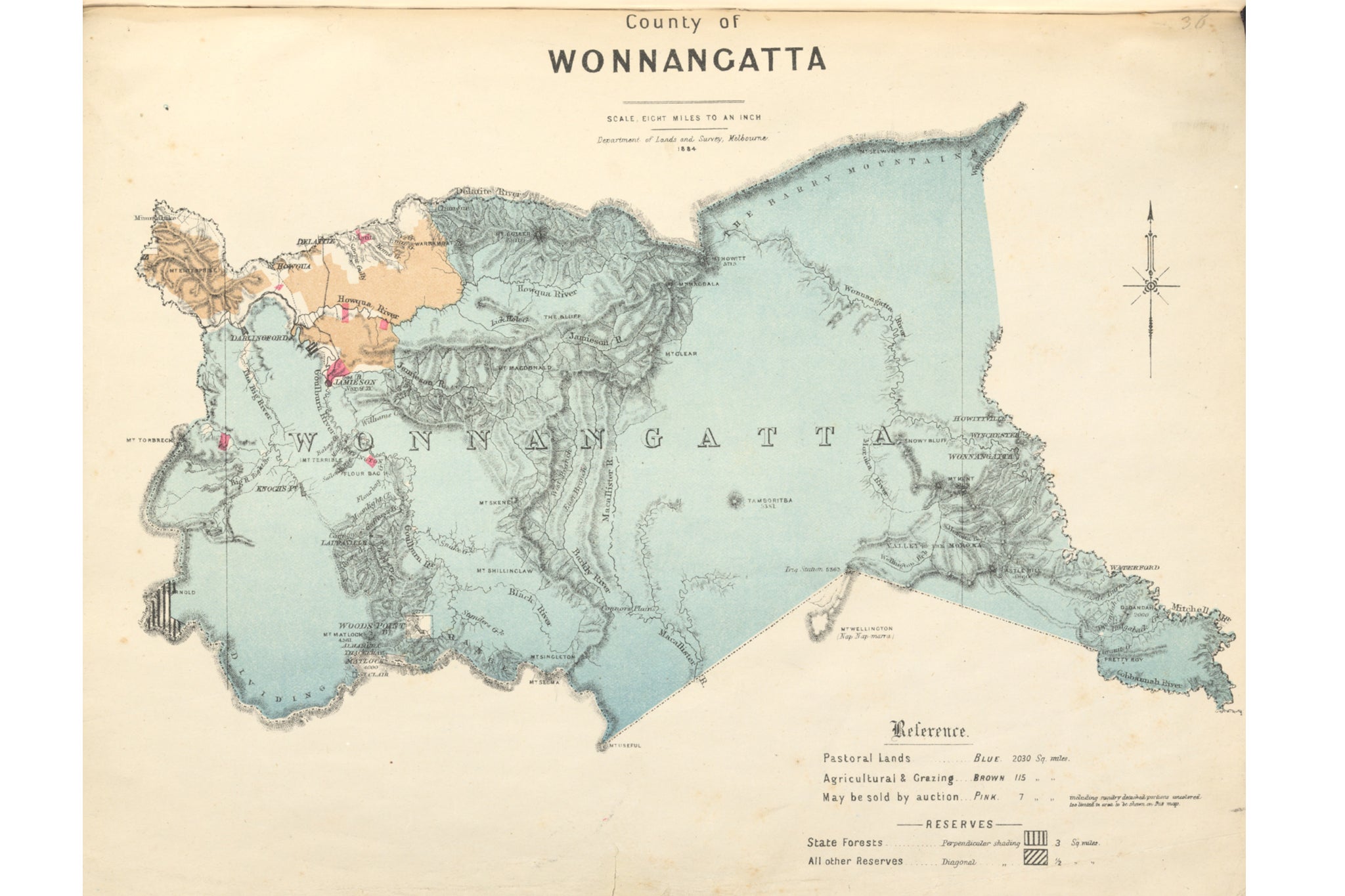
Around the valley, the grandchildren of people directly or indirectly involved in the case are now in their seventies and eighties. Each family has passed down its own version of events, and they often contradict each other or the official record.
“There’s been many, many accusations from many families,” and many names tarnished, says Keith Leydon, a historian who wrote a book about the murders.
The prevailing sentiment is that the whole affair is best left with the ghosts.
“You try to ask a mountain cattleman, and he’ll say, ‘We don’t talk about it up here,’” Leydon says.
One of those men is Rob “Choppy” Purcell, now retired. His silhouette – one of four men on horseback – is on the logo of the local pub in the town of Merrijig, at the base of the mountains. It’s also on his beer koozie.
“Lots of people have written books about the area, but they don’t know what they’re talking about,” Purcell says.
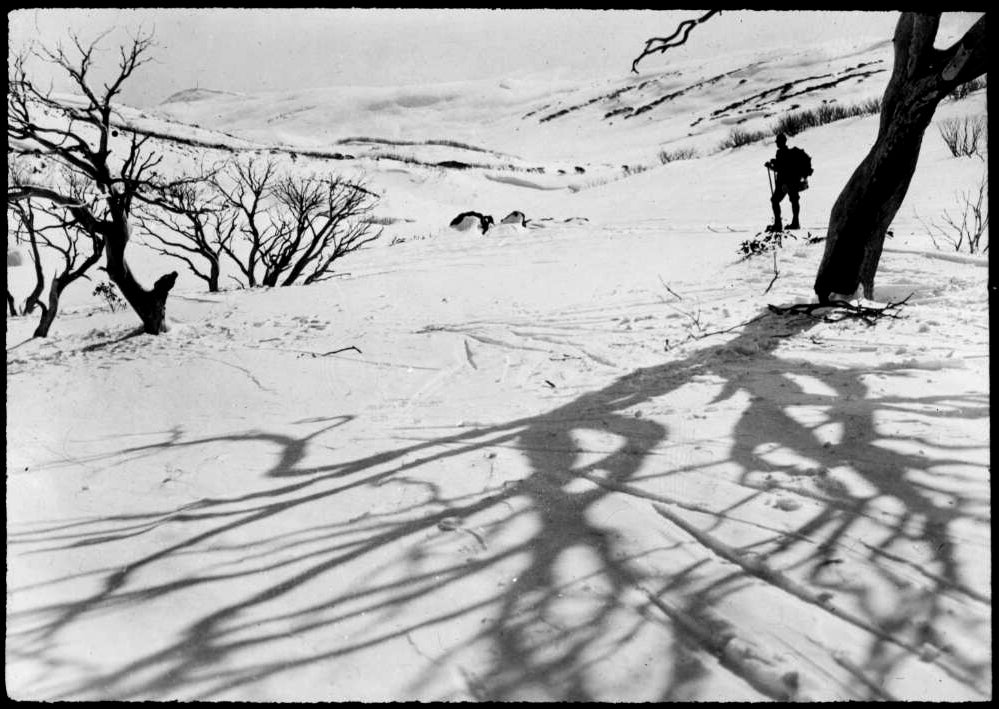
He spoke with the conviction of someone who knows more than the official record. But he was not willing to divulge details – not to outsiders.
Bruce McCormack, 63, whose family was one of the first to settle in the area, told the story of how his grandfather, a good friend of one of the slain men, went down to the valley to investigate not long after the murders. He stayed there for three months, McCormack says, and his message when he returned was, “Justice was done, and leave it alone”.
“There’s people who know more, but they’re all dying,” McCormack added, “and I’m not saying too much more either.”
A man of legend
More than 100 years after the murders, as local residents again try to make sense of the death of two people in uncertain circumstances, a new set of tales blurring the line between truth and urban legend have emerged.
These stories centre on the Button Man.
In the light of day, the cattlemen who know the valley best see its mysteries as nothing more than individual cases of bad luck strung together by coincidence
Locals emphasise that they do not actually think that the bush-inhabiting recluse, whose real name is unknown, had anything to do with the disappearances of Hill and Clay. There is no indication that the police consider him a person of interest.
But his name first became linked to the case because he had reportedly told the police that he had encountered Becker, the hiker who vanished five months before Hill and Clay.
With little else to explain the disappearances, attention has focused on the Button Man. It is almost assuredly unwelcome. Locals, who say visitors now come to the mountains hoping for a run-in with the man of legend, worry about his safety.

Campers and hikers say the Button Man appears out of the woods without a sound. Sometimes, he has a nice chat with them. Other times, he seems agitated and grills them about what they are doing.
In some of the stories told by those who have encountered him, he asks, “Do you want to see my button collection?” or, occasionally, “Do you want to see my axe collection?”
There are other stories less frequently told: People who know him better refer to him by the friendlier moniker Buttons. He is rumoured to be helping a university collect data about the high country and to be living in Melbourne during the winter.
Those who see Buttons coming through Mansfield, the regional hub where campers often stock up before heading farther into the mountains, say he is friendly and polite as he stops to get his car fixed or grab a bite to eat.
But many also joke to hikers before they set out into the valley, “Be careful of the Button Man!”
“It’s just become a tall story told around campfires,” a local resident, Ben Large, says from behind the counter of the Mansfield bike shop.
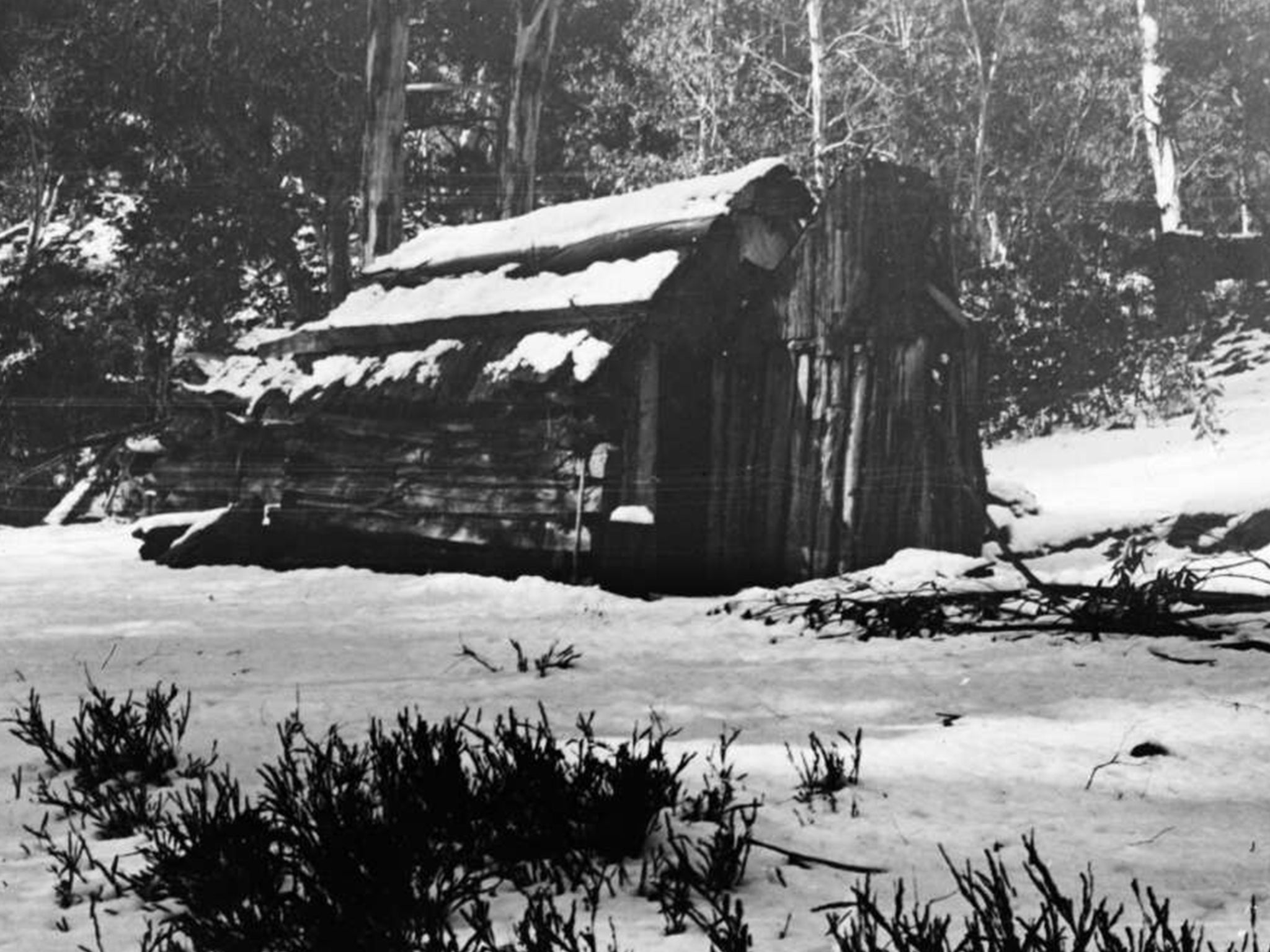
In the light of day, the cattlemen who know the valley best see its mysteries as nothing more than individual cases of bad luck strung together by coincidence.
But when pressed, they are reluctant to completely rule out the possibility that there is something else going on. They share other stories of the mountains: a hulking hairy creature that visits campers in the darkness, hikers who find photos of themselves on their cameras, taken by an unknown hand.
It is easy to imagine that something could be lurking in the bush when night falls, fog covers the mountains and the tree branches scraping against roofs sound like something alive.
“Darkness plays funny games,” says Charlie Lovick, 71, a local farmer who finds new homes for retired racehorses. “That’s why you keep the fire going all night.”
This article originally appeared in The New York Times
Join our commenting forum
Join thought-provoking conversations, follow other Independent readers and see their replies
Comments
Bookmark popover
Removed from bookmarks